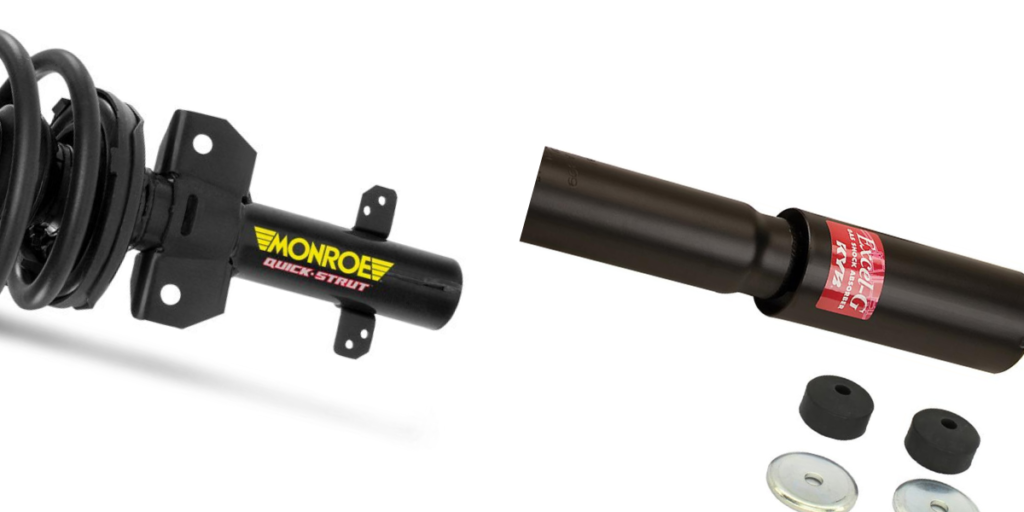The approach to how to change power steering fluid is pretty straightforward. Power steering systems are mainly designed to ease your driving experiences. An excellent example of the smooth action is how you turn the wheels of a large five-thousand-pound truck with one hand.
Designers have come up with newer variations that feature unique speed-sensitive electric power steering. These seem to reduce the slow incidence of the engine. Nevertheless, most of the new vehicles still use hydraulic power assist that contains the age-old belt-driven pump.
If you hear a creaky sound while turning the steering, or if the fluid is black, it’s high time you change the power steering fluid.
Experts often deny changing the power steering fluid too often, within 24,000-100,000 miles. They believe it’s best to consult the vehicle’s manual for when and how to change the power steering fluid.
This post shall acquaint you with all that you need to know for changing the power steering fluid yourself. So, without any further ado, let’s get the tools ready!
How to Prepare for Changing the Power Steering Fluid?
The first step to changing the power steering fluid is to check for your vehicle’s most suitable power steering fluid. This information should be easily available from the vehicle’s manual.
Once you are ready with the type of fluid and purchase the same, you need to get rid of the old fluid to put in the new one. That requires you to locate the reservoir in your vehicle’s engine area.
Locating the reservoir should not be much of a hassle. You should look for a cap that says “power steering fluid” or has a steering wheel icon on top. Once you locate the right one, remove the cap. That will be your cue to get hands-on with the fluid-changing procedure.
How to Change Power Steering Fluid?
First, you should get the jack to lift the car. While doing so, make sure that the front wheels are off the ground. Now, the real deal of how to change power steering fluid begins.
Drain the Old Power Steering Fluid
Lifting the front of the vehicle off the ground makes it easier to go below the car. Put the jack under the vehicle before you slide underneath it. Wear your gloves and grab a can to hold the drained-out old fluid.
A turkey baster helps to get the old steering fluid out of the reservoir. If you find that a bit of fluid remaining in the reservoir, turn the car on to ignition mode and power it till the radio and lights come on without starting the engine.
That should allow you to turn the steering wheel and flush out the left-out fluid, which you will be able to hold below the car.
Fill the Reservoir with New Fluid
For starters, place a funnel on top of the reservoir to pour the power steering fluid precisely and at proper levels. Once you have successfully filled the reservoir, close it with the cap back on.
Turn the ignition on again and move the steering wheel sharply to the left and the right. Go back to check the steering fluid levels, and add more if required.
Ensure the Fluid Levels Again
Finally, remove the jack and let the front tires touch the ground again. Now, start the car and keep the ignition on for about 20 seconds. Turn the power steering wheel from left to right and then from right to left to check the fluid level.
You can go for a short drive around the block to check if the steering wheel is running well without any noises.
Why Is It Important to Change Your Power-Steering Fluid?
While out on routine service of your car, you may hear a creaking sound that comes when you turn your power steering wheel. That is the sound that it makes when the power steering fluid has worn out and turned black.
Bear in mind that engine oil and transmission fluids also change color eventually, so a deeper shade doesn’t necessarily indicate something bad. So, it’s essential to consult the owner’s manual or the technicians at the regular service. So, why is it important to change the steering fluid? Let’s see why!
- Prevents System Damage: Monthly checks of the steering fluid ensure that the power steering system is free of any leakages. Sometimes, O-rings or seals may deter the system, causing a leakage, leading to system damage, including the pump.
- Ensure Smooth Driving: Degraded steering fluid or insufficient fluid creates a high-pitch sound while turning the steering wheel when driving. That also calls for more effort while turning the steering wheel, putting strain on your wrists. With upgraded power steering fluid, the steering wheel works smoothly without any pressure.
- Ensures Safety: It may so happen that the steering wheel turns abnormally, which means it’s stuck at the wrong time. This leaves the car brakes to be your only rescue (your car brake fluid also require proper changing). That is dangerous. Changing the power steering wheel on time helps you prevent such mishaps while keeping you safe at the same time.
Thus, the hassle-free working of the power steering wheel is vital for a smooth drive and also your safety.
Endnotes
Now that you have the idea of how to change the power steering fluid in your car, you can easily go for long drives without facing any issues when turning the steering wheel.
Bear in mind to check for odd noises or if the old steering fluid has changes color. If any of the two happens, make sure to consult an expert before changing the fluid straightaway. As already mentioned, a dark color doesn’t necessarily mean the fluid has gone wrong.
Following the protocol, if you detect any defect, you can now easily change the power steering fluid of your vehicle at home.
Sources





